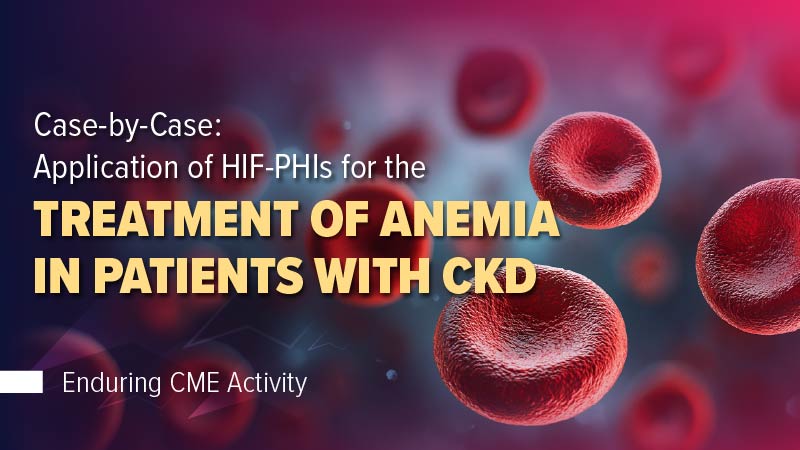
CDC updates its recommendations for opioid prescribing
“The science on pain care has advanced over the past six years,” said Debbie Dowell, MD, MPH, chief clinical research officer for CDC’s Division of Overdose Prevention.
With an increased focus on doctor-patient communication during prescribing decisions and the need to reflect new pain management research, the Centers for Disease Control and Prevention (CDC) has made significant revisions to its guidelines for opioid prescribing.
The 2022 Clinical Practice Guidelines updates the CDC’s 2016 Guideline for Prescribing Opioids for Chronic Pain in deciding whether to prescribe opioids for pain, the appropriate medication and dosage, duration of the initial prescription, and assessing and addressing the potential harms of opioid use.
“The science on pain care has advanced over the past six years,” Debbie Dowell, MD, MPH, chief clinical research officer for CDC’s Division of Overdose Prevention said in a news release announcing the guidelines. “During this time, CDC has also learned more from people living with pain, their caregivers, and their clinicians. We’ve been able to improve and expand our recommendations by incorporating new data with a better understanding of people’s lived experiences and the challenges they face when managing pain and pain care.”
While the 2016 guidelines were intended solely for primary care doctors, the 2022 document’s intended audience includes nurse practitioners and physician associates. They are aimed at categories of outpatient clinicians such as dentists, physical medicine and rehabilitation specialists, neurologists, and emergency clinicians providing pain management for patients being discharged from emergency departments.
The 100-page guideline document includes 12 recommendations grouped into four categories, including:
- Determining whether to initiate opioids for pain,
- Deciding the duration of the initial prescription and conducting follow-ups,
- Selecting opioids and determining the appropriate dosages, and
- Assessing the risks and addressing potential harms of opioid use
The guidelines differ from the 2016 version in a number of areas. For example, they reflect new data showing that nonopioid therapies, such as non-steroidal anti-inflammatory drugs, are at least as effective as opioids for many common types of acute pain such as low back and neck pain and pain related to musculoskeletal injuries.
Another area of difference concerns opioid tapering. Recommendations outline situations when clinicians should consider tapering either to a reduced dosage or to discontinued use, and discussing any tapering-related decisions with patients.
In addition, the 2022 guidelines update recommendations for opioid dosage regarding:
- Suggestions for the lowest starting dose for patients new to opioid use,
- Morphine milligram equivalent doses for commonly prescribed opioids, and
- Approaching potential dosage increases with an emphasis on principles of safe and effective pain treatment that allow for individual circumstances and flexibility in care
The CDC notes that many of the public comments it received while drafting the new guidelines reflected difficulties some people have had with accessing pain care, or concern that making recommendations too specific could result in the guidelines, or parts of them, becoming rigid policies and laws.
To avoid that possibility, the agency says, it chose to highlight general principles rather than specific prescription dosages and durations. It also reminds clinicians that the guideline “provides recommendations only and is intended to support, not supplant, clinical judgment and individualized, person-centered decision-making.”
Newsletter
Stay current with the latest urology news and practice-changing insights — sign up now for the essential updates every urologist needs.


















